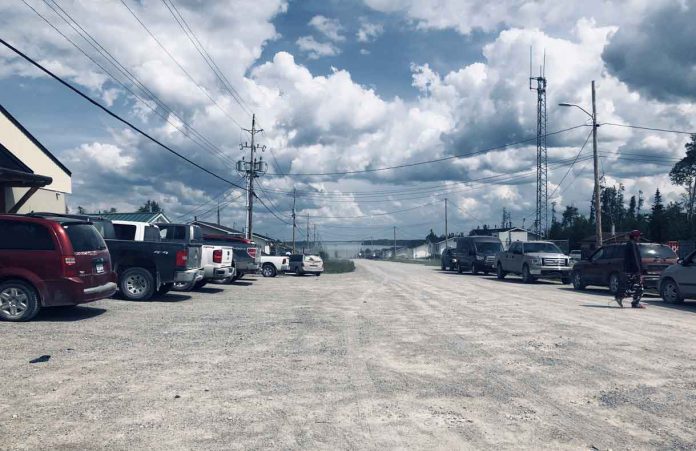NESKANTAGA – NEWS – Neskantaga is heading to court. The First Nation states that in October 2021, the government of Ontario approved the Terms of Reference, and initiated an Environmental Assessment for the first of segments of an access road into the Ring of Fire — a massive mineral deposit in the James Bay Lowlands.
Neskantaga’s legal action challenges the Ontario government for failing to fulfil its duty to consult and accommodate, by conducting the consultation in a way that made it difficult if not impossible for Neskantaga to participate.
Community leadership says that they have been kept very busy dealing with issues with water in the community that led to an evacuation during COVID-19, as well as issues with the pandemic, and that Ontario has been rushing the Ring of Fire Consultations and disregarding the community’s concerns.
Neskantaga has well-defined, centuries-old community protocols around consultations on land and resources, which includes bringing the whole community together to discuss and consider proposed projects in their territory. This was obviously impossible during pandemic lockdowns; Ontario pressed on regardless.
Neskantaga First Nation is asking the court to clarify the process that must be followed for consulting with First Nations under Ontario’s Environmental Assessment Act, to ensure the Crown fulfills its duty to consult and accommodate.
Neskantaga states, “Ontario is eager to allow mining companies access to the vast deposits of chromite, nickel, copper and platinum located in the James Bay Lowlands. Premier Doug Ford publicly vowed to jumpstart mining in the Ring of Fire, proclaiming; “If I have to hop on that bulldozer myself … we’re going to start building the roads.”
“While the Premier never actually jumped on that bulldozer, the pandemic, coupled with Neskantaga’s ongoing water crisis, provided a perfect foil for a bulldozer-style consultation. Ontario’s oppressive timelines for consultation made it impossible for Neskantaga to bring its community together in line with Anishinaabe and Oji-Cree protocols, in order to gather feedback and prepare a meaningful submission.
“Ontario also made use of the oldest trick in the book — project-splitting — with a side of divide & conquer. What began as a single transportation corridor to serve a mining project, overseen by a single project proponent, was split off into multiple, discrete projects with various First Nation proponents.”
“The reality is that all these smaller projects—each individual road segment, the construction of the future mines, and the broader infrastructure initiative—are all part of a more expansive plan to develop the Ring of Fire. By splitting the project, and in particular the road components, into smaller pieces, Ontario has impeded Neskantaga’s ability to keep up with, and to substantially engage with the Environmental Assessments for these projects.”
From the Neskantaga Notice of Application
A Broken Environmental Assessment Process
An even deeper problem than the current provincial government’s zeal for unlocking the mineral riches of the Ring of Fire is Ontario’s Environmental Assessment Act itself, which fails to provide for First Nations consultation. Instead, the Act only provides for a generic feedback mechanism (from any interested party) within a set comment period.
Neskantaga argues that these provisions of the Act fail to fulfill Ontario’s constitutional duty to meaningfully consult and accommodate First Nations.
In Neskantaga’s view, a generic feedback mechanism is not sufficient to fulfil the government’s duty to consult. Rather, that duty requires specific consultations with each affected First Nation, on that Nation’s terms, and in line with its laws, customs, and practices.
There has not yet

